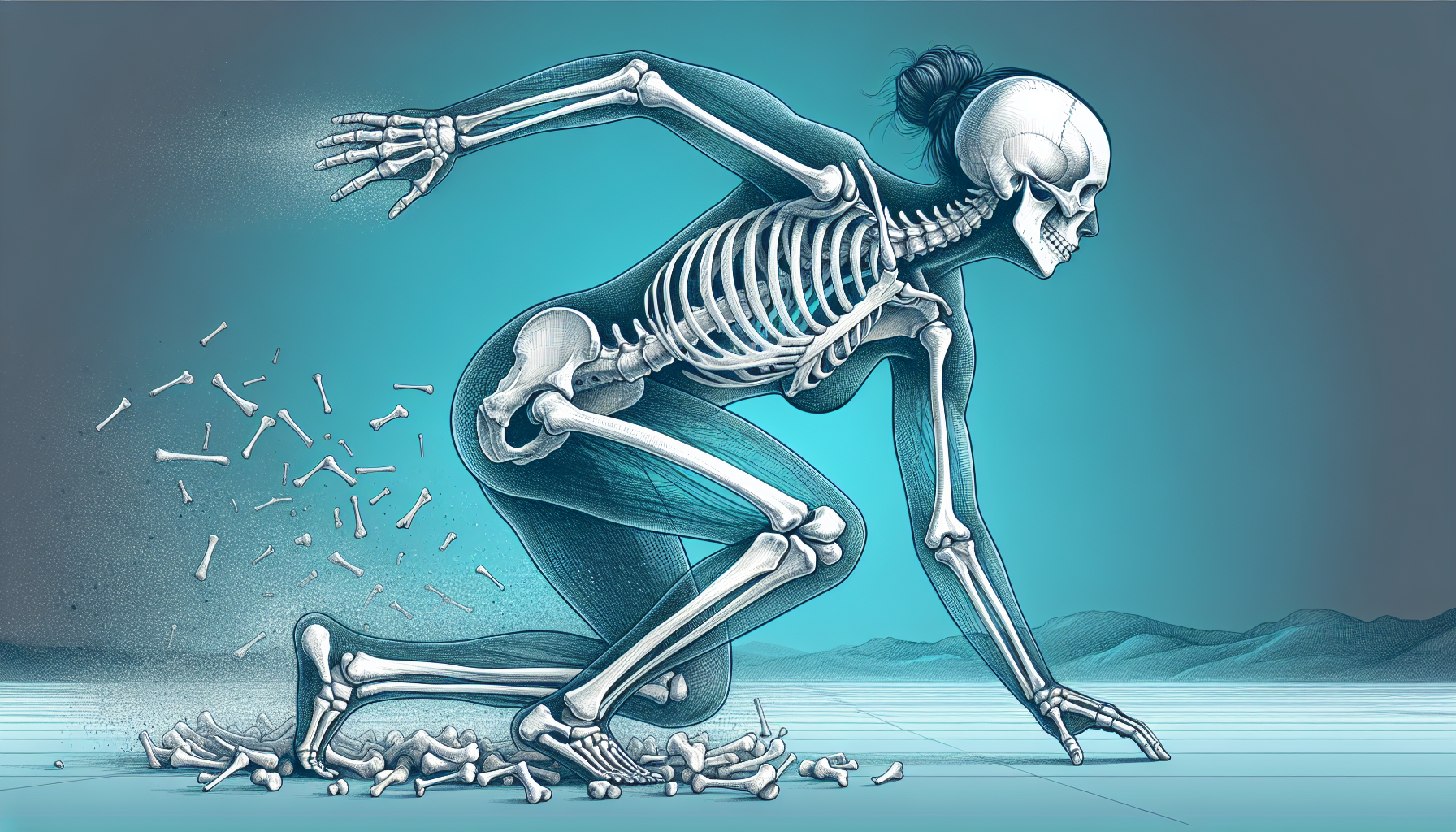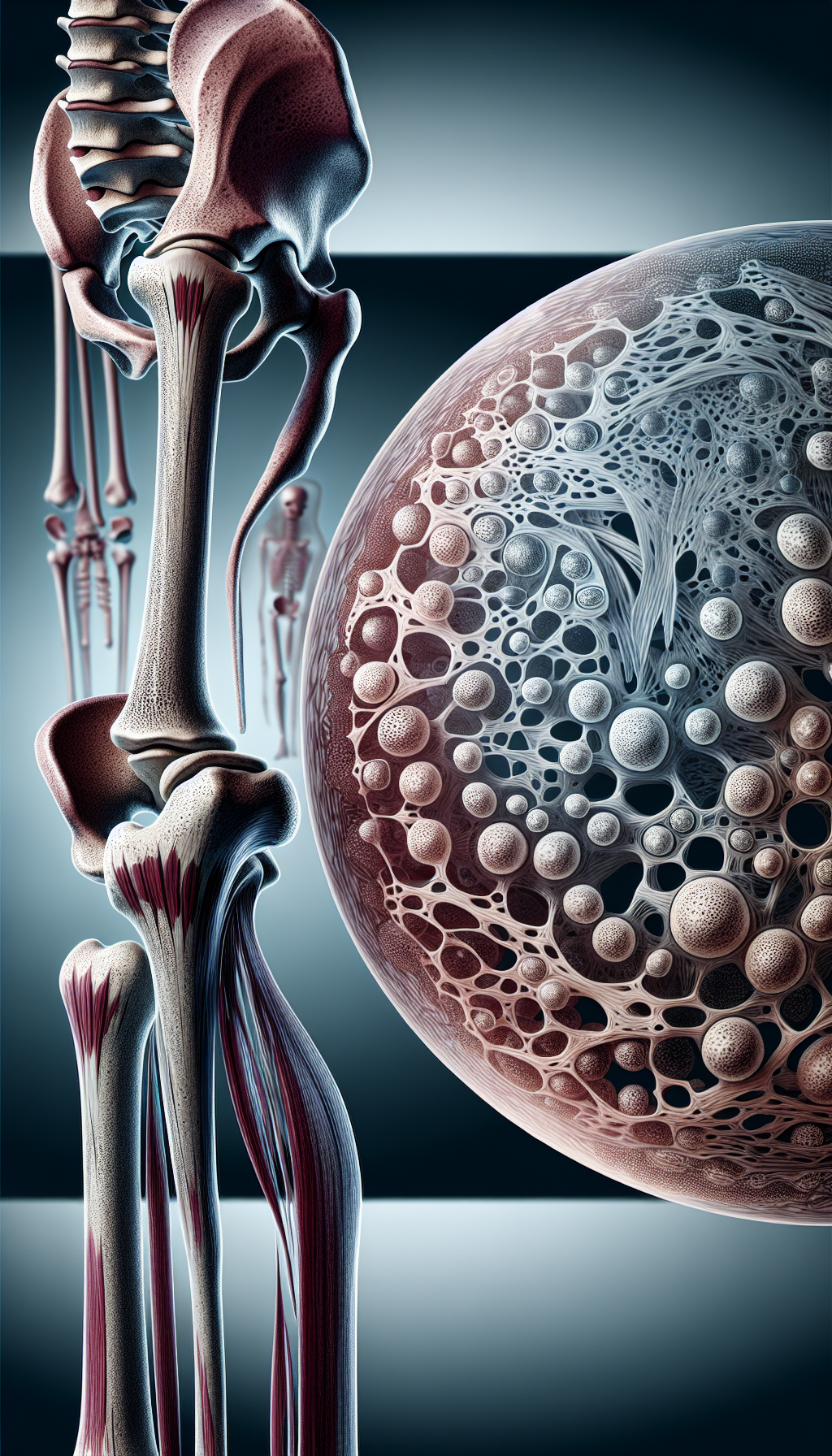Physical activity is a cornerstone of health, affecting various aspects of our well-being from cardiovascular fitness to mental health. One of the most significant, yet often overlooked, benefits of regular exercise is its impact on bone remodeling. Bone remodeling is a lifelong process where mature bone tissue is removed and new bone tissue is formed. The balance between these two actions is critical for maintaining bone strength and density.
Understanding Bone Remodeling
Bone remodeling is essential for bone health, playing a crucial role in shaping and repairing the skeletal system throughout an individual’s life. It involves two primary cells: osteoclasts, which break down old bone, and osteoblasts, which form new bone. The interplay between these cells ensures that bones remain strong and are able to adapt to the stresses placed upon them.
For a deeper understanding of bone health and its significance, one might explore Bone Health, which provides comprehensive insights into maintaining a healthy skeletal system.
How Physical Activity Influences Bone Remodeling
Physical activity, particularly weight-bearing exercises such as walking, running, and resistance training, exerts mechanical stress on the bones. This stress is beneficial; it stimulates bone-forming cells, leading to increased bone mass and strength. The process is akin to muscle hypertrophy, where muscles grow larger and stronger in response to the demands of physical activity.
The Role of Weight-Bearing Exercises
Weight-bearing exercises are particularly effective in promoting bone density. These activities force the body to work against gravity, stimulating bone formation and slowing bone loss. For older adults and those at risk of osteoporosis, incorporating such exercises can be a pivotal strategy in maintaining bone health.
The Benefits of High-Impact Activities
High-impact activities, though not suitable for everyone, can also be highly beneficial for bone health. Sports like basketball, volleyball, or even dancing apply significant force on the bones, which can enhance bone density, especially in younger populations.
The Importance of Muscle-Strengthening Activities
Muscle-strengthening activities, such as weight lifting, not only build muscle mass but also promote bone health. These exercises apply tension to the bones, reinforcing their strength and density.
For those interested in the specific benefits of weight lifting for bone health, the article The Benefits of Weight Lifting for Bone Density provides valuable insights.
The Frequency and Duration of Exercise for Optimal Bone Health
To achieve the bone health benefits of physical activity, consistency and duration are key. Experts recommend at least 30 minutes of moderate-intensity physical activity on most days of the week. It is also essential to include a variety of exercises to stimulate different parts of the skeleton.
Age-Related Considerations in Exercise and Bone Remodeling
For Children and Adolescents
During childhood and adolescence, bone density is rapidly increasing, making it the optimal time to engage in physical activities that promote bone strength. Activities that are fun, social, and involve jumping or running can help young people build strong bones for the future.
For Adults
As adults, maintaining regular physical activity is crucial to prevent bone loss. While bone density naturally begins to decline in adulthood, consistent exercise can help to mitigate this process.
For Seniors
For seniors, balance and low-impact exercises can be particularly beneficial. Activities such as Tai Chi, walking, or gentle yoga can help maintain bone health while reducing the risk of falls.
For a tailored approach to maintaining bone health in older age, consider reading Strategies to Prevent Bone Loss in the Elderly.
Nutrition and Bone Health
While physical activity is vital for bone health, it is only part of the picture. Adequate nutrition, particularly calcium and vitamin D intake, is essential for supporting the bone remodeling process. A balanced diet rich in these nutrients, possibly supplemented under medical advice, can optimize the benefits of physical activity on bones.
External Resources for Further Information
To expand your knowledge on the subject, here are several niche resources:
- American College of Sports Medicine – Guidelines for exercise and its impact on bone health.
- The National Osteoporosis Foundation – Information on bone density, osteoporosis, and related topics.
- The International Osteoporosis Foundation – Global policy and research on bone health.
- The Bone Research Society – A scientific society dedicated to advancing our understanding of bone biology and disease.
- Journal of Bone and Mineral Research – A peer-reviewed journal with articles on bone, mineral, and musculoskeletal research.
Conclusion
Physical activity is a powerful tool for influencing bone remodeling and ensuring long-term skeletal health. By maintaining a consistent exercise regimen that includes weight-bearing and muscle-strengthening activities, individuals of all ages can contribute to the strength and density of their bones. Remember that integrating proper nutrition and consulting healthcare professionals for personalized advice are also crucial steps in supporting bone health.



